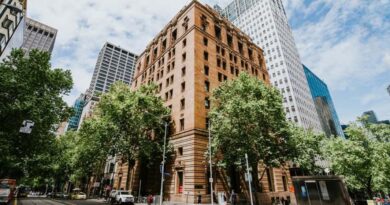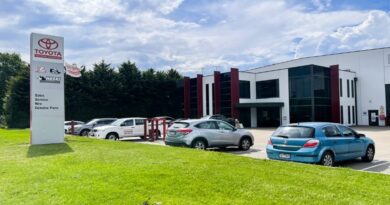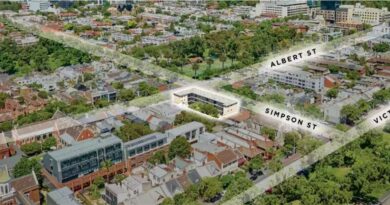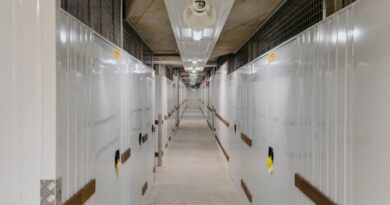Sell or Extend?
In a suburb such as Hawthorn, the difference between similar two-bedroom and three-bedroom houses could be as much as $100,000, says Seamus O’Brien, sales executive and auctioneer with Marshall White Armadale.
“Many young families rule out inspecting a property if it’s a two-bedroom,” he says.
But extending can be costly, especially if major upgrades to plumbing and wiring are needed.
Nonetheless, agents are convinced it’s money well spent.
Going rates for extensions are widely quoted at $2500 to $3500 per square metre, depending on the type of building you are extending, says Colin Pavier, national sales and marketing manager with the Extension Factory.
“The greatest mistake people make is (to) assume it costs the same to extend a house as it does to build that space new,” says Mr Pavier. “It can take a month just preparing a house for extension, given the fact we have to facilitate new pipes and wiring before we even start.
“Extensions of older homes in particular must keep in harmony with the existing footprint and things such as elevated ceilings and high-pitched roofing require more detail to be reproduced. Extensions must do justice to their investment to add value.”
For most home owners, renovation within the existing footprint is a more realistic alternative. “Generally, people are spending on kitchens, bathrooms, master bedrooms and main living areas,” says Michael Titcomb, general manager of Harvey Norman Design and Renovations in Oakleigh. “The bulk of their budget is for the kitchen.”
Kitchens start at about $18,000 and can go as high as $60,000, excluding major structural work, he says. “Our average price is $32,000, with the appliances representing about $4000.”
Entry-level kitchens will buy you a small to medium kitchen with a basic appliance package including an oven, hotplate and rangehood, says Mr Titcomb.
A family bathroom can cost $30,000.
For this you get a semi-frameless shower screen and tiles to shower-screen height.
“The price would also include all trade work such as plumbing, water-proofing, minor electrical work and tiling,” Mr Titcomb says. The price of a new bathroom often surprises buyers, who do not factor in the costs associated with work such as relocating major bathroom components. “I think there is a general misconception in the community at large surrounding bathroom costs – the perceived value is generally a lot lower than the actual costs,” says Mr Titcomb.
“I believe this is because people don’t factor in items such as benching floors for drainage, which involves removing the floor and lowering the floor joists.
“Likewise, with today’s large square-edged tiles, walls often need to be re-straightened through rendering or re-sheeting.”
Polishing floorboards is usually a price-on-application item, depending on the condition of the boards.
If your house is on a concrete slab but you still want floorboards, floating floors can be installed. These start at $19 a square metre and go up to $470 a square metre.
Not everything you spend on your home will improve the value. Some buyers are guilty of over-capitalising.
Swimming pools and spas are examples.
These can cost more than $30,000 but, due to the maintenance required, they do not always add much value to a house. Agents say money would be better spent on a high-quality outdoor entertainment area with an integrated barbecue, for example.
Regardless of how people invest in their homes, perhaps the biggest benefit is that they get to enjoy the investment here and now, says Mr Downward.
“Some people buy homes around the corner from their existing homes and pay upwards of a $200,000 premium,” he says.
Buyers should look at their home’s capacity for renovation, because $70,000 to $80,000 might give them the property they are looking for.








